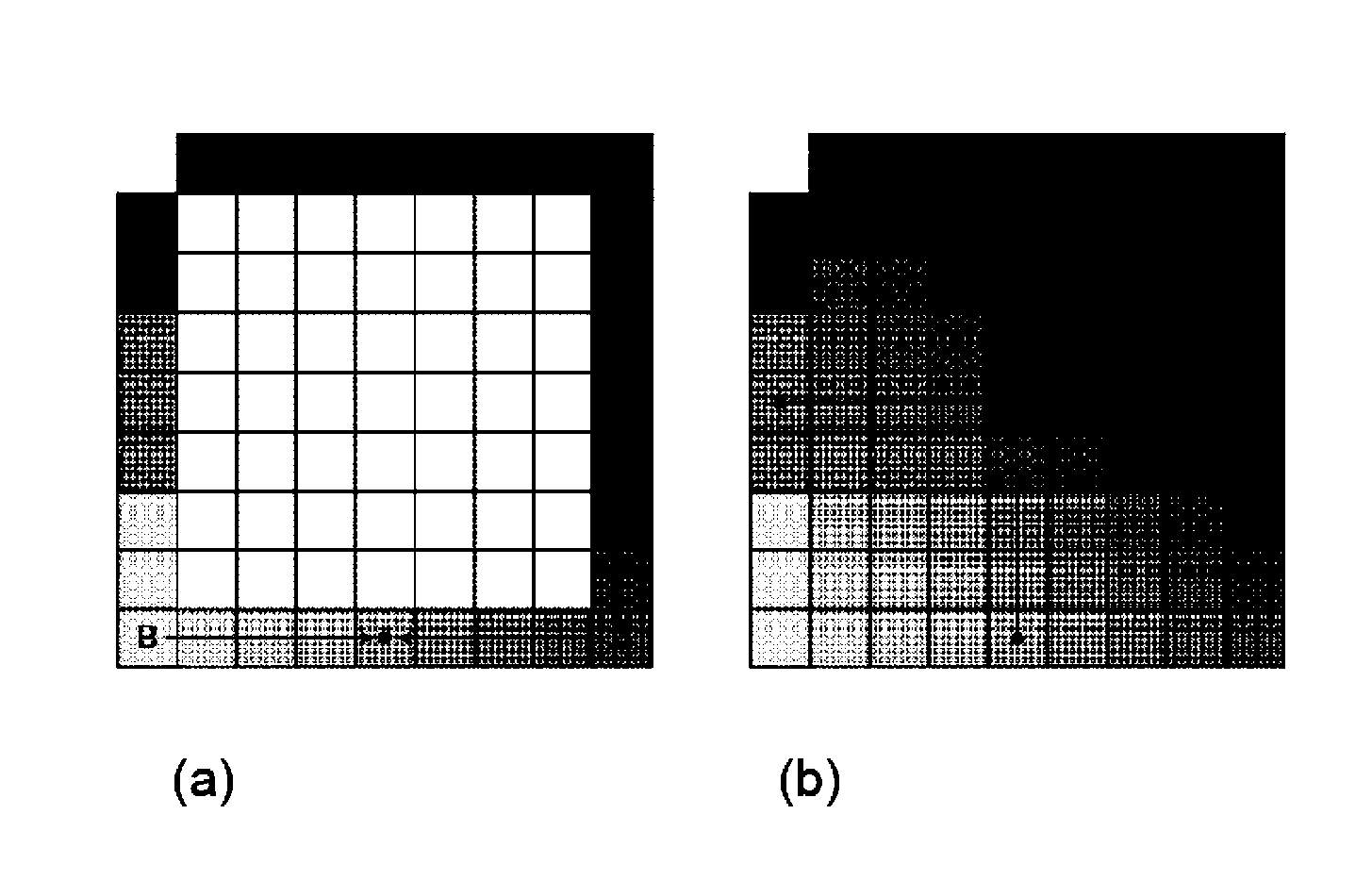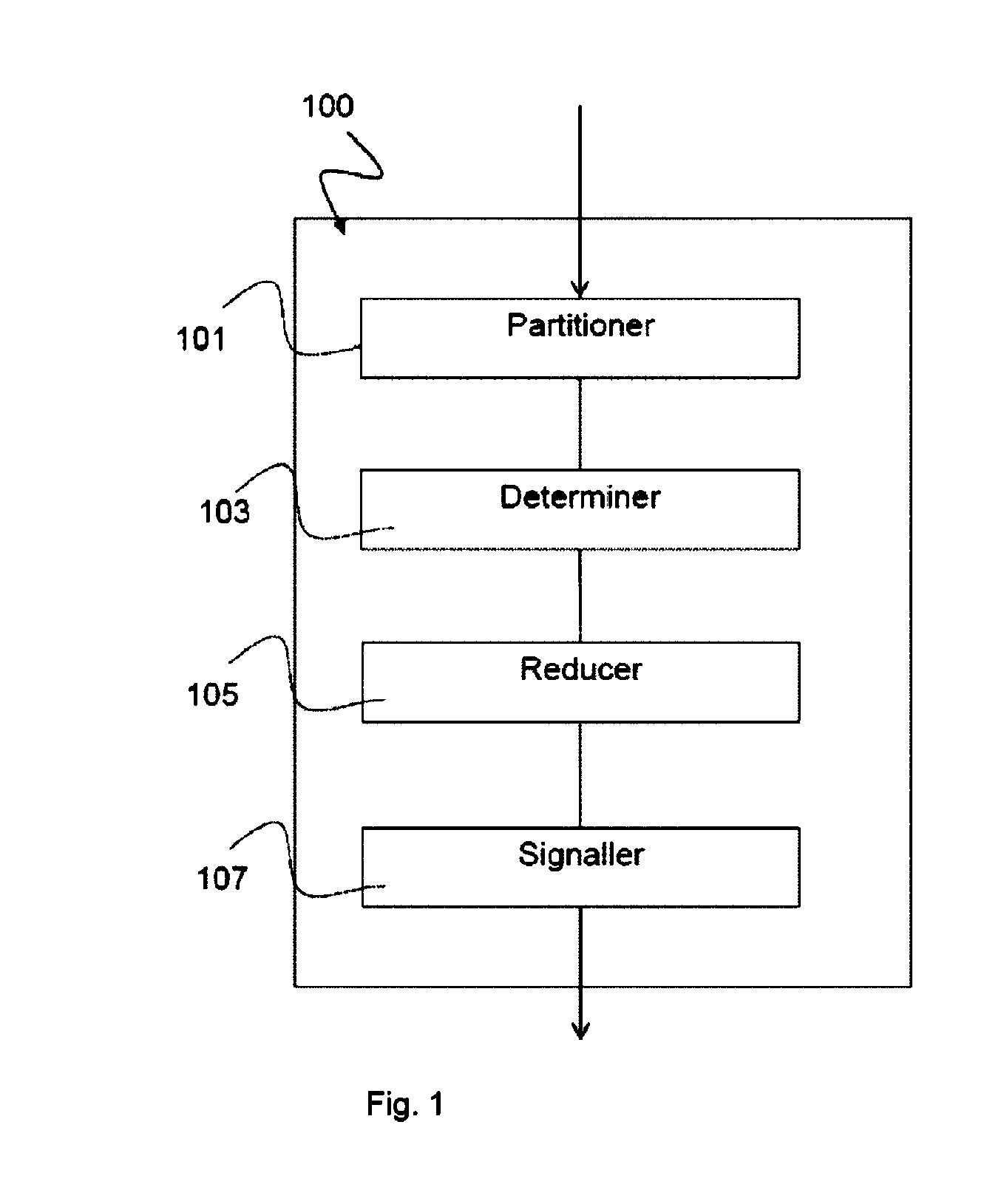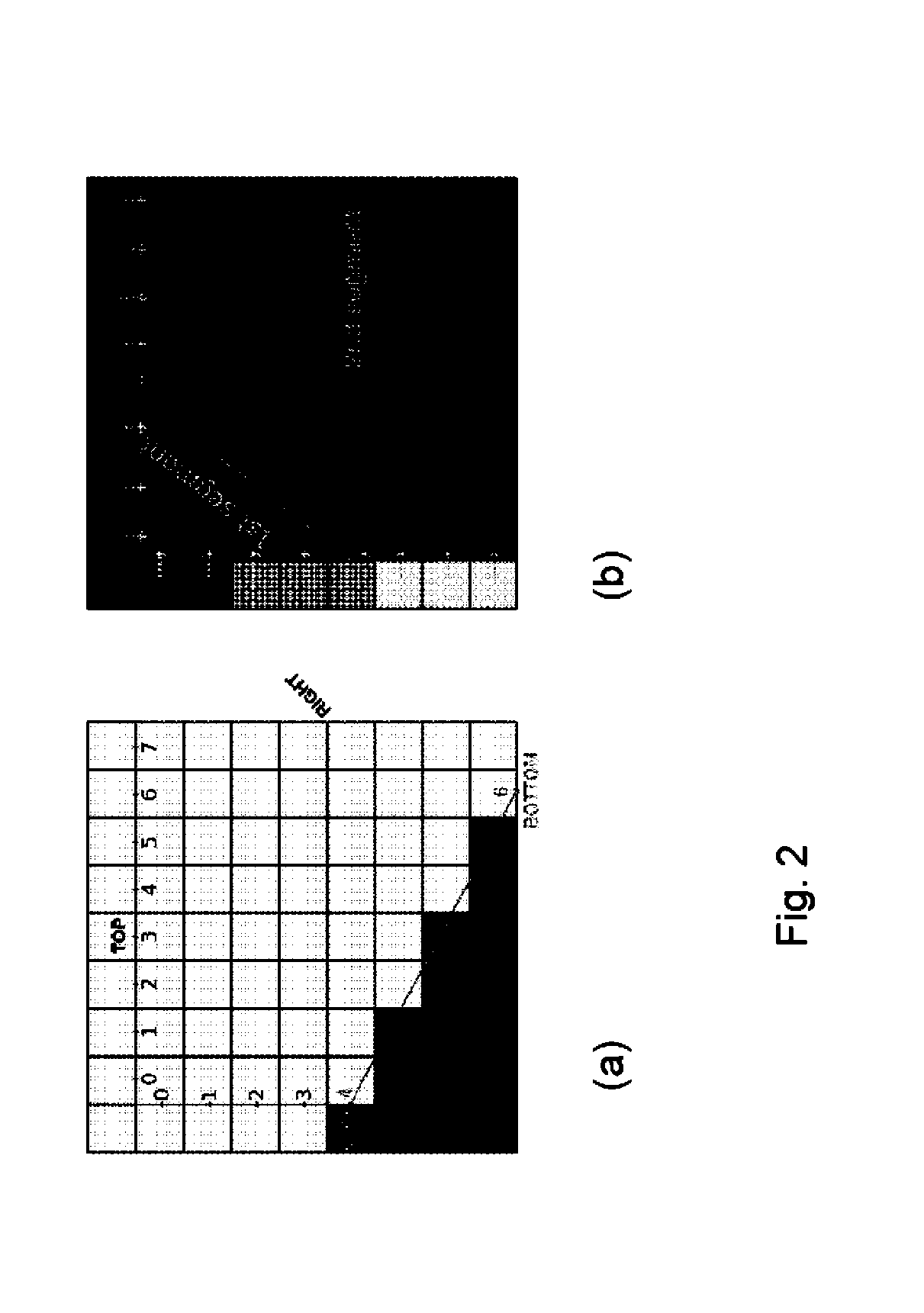Apparatus for coding a bit stream representing a three-dimensional video
a three-dimensional video and video coding technology, applied in the field of apparatus for coding a bit stream representing a three-dimensional video, can solve the problems of visual disturbing geometric distortion in the view synthesis process, distortion of depth maps that affect the visual quality of the displayed video, geometric distortion in the synthesized view, etc., to achieve better view synthesis quality, reduce the set of possible modeling functions or modes, and eliminate ringing artifacts and other coding artifacts of conventional algorithms
- Summary
- Abstract
- Description
- Claims
- Application Information
AI Technical Summary
Benefits of technology
Problems solved by technology
Method used
Image
Examples
Embodiment Construction
[0054]FIG. 1 shows a block diagram of an apparatus 100 for coding a bit stream representing a three-dimensional video according to an implementation form.
[0055]The apparatus 100 is for coding a bit stream representing a three-dimensional video comprising a sequence of views, wherein a depth map is associated to each view, the depth map comprising depth information of the view with respect to the camera position capturing the view. The apparatus 100 comprises: a partitioner 101 for partitioning the depth map into coding units; a determiner 103 for determining a type of model function for each coding unit based on the depth information of the coding unit; a reducer 105 for reducing the coding unit to a single residual value for each segment generated by the model function; and a signaler 107 for signaling the model function type and the residual value into the bitstream.
[0056]In an implementation form, the apparatus 100 further comprises an indexer for indexing the depth information o...
PUM
 Login to View More
Login to View More Abstract
Description
Claims
Application Information
 Login to View More
Login to View More - R&D
- Intellectual Property
- Life Sciences
- Materials
- Tech Scout
- Unparalleled Data Quality
- Higher Quality Content
- 60% Fewer Hallucinations
Browse by: Latest US Patents, China's latest patents, Technical Efficacy Thesaurus, Application Domain, Technology Topic, Popular Technical Reports.
© 2025 PatSnap. All rights reserved.Legal|Privacy policy|Modern Slavery Act Transparency Statement|Sitemap|About US| Contact US: help@patsnap.com



